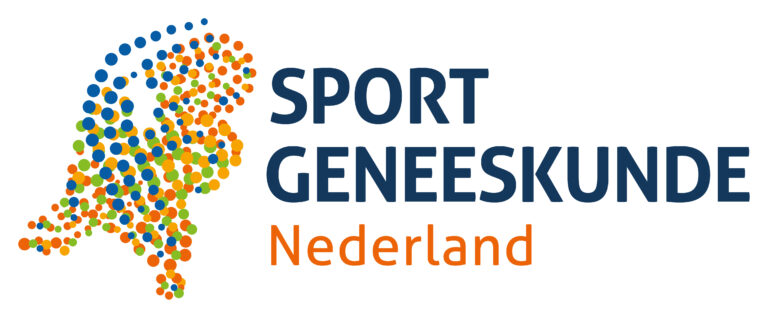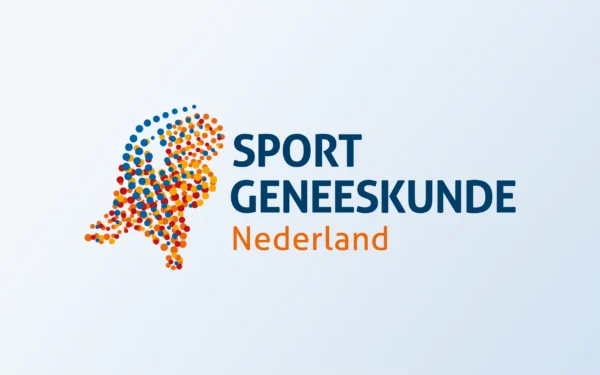Muscle Injuries Clinical Guidedie is geschreven door de medische staf van FC Barcelona en Aspetar.
The aim of the following chapters is to outline the importance of muscle injuries in sports medicine, especially in football. Everybody is aware that muscle injuries, and particularly hamstring injuries are one of the most frequent injuries and due to these, a player will have long periods of time mlost. For this reason, our medical staff decided to create the first muscle guide in 2009, to provide tools and explain our particular experience in managing muscle injuries. During the following years, we applied the guidelines in our guide, but day by day it made us learn new experiences that became the basis for the new guide which focuses on the hamstring injuries, but has a common framework which could be applied when managing other types of muscle injuries. mCollecting data, we realised that in young football players, particularly in teenagers, the mmost common injury was a tear of the rectus femoris, whereas in professional football players it was the hamstring. This is the main reason why we decided to focus this msecond guide on describing hamstring injuries in depth. The second guide was written in collaboration with Aspetar Medical Staff and from now on we want to start the third guide taking into account our mutual knowledge mbased on clinical experiences and supported by scientific evidence. Going through the key changes in the second guide the most important are:
- Epidemiologically muscle injuries have been increasing over the last 12 years despite assessing risk factors and applying prevention protocols
- Proposal for a new classification considering connective tissue the main structure involved in muscle injuries
- In managing muscle injuries both MRI and US are useful in making decisions
- Several injuries, specially those located in the free tendon close to the ischial tuberosity, have to be treated surgically.
- Rehabilitation process must be performed within a strict framework
- Return to play has to be understood as a personalized criteria.
- Prevention: the real concept behind primary prevention nowadays is good training and strength in performance.

